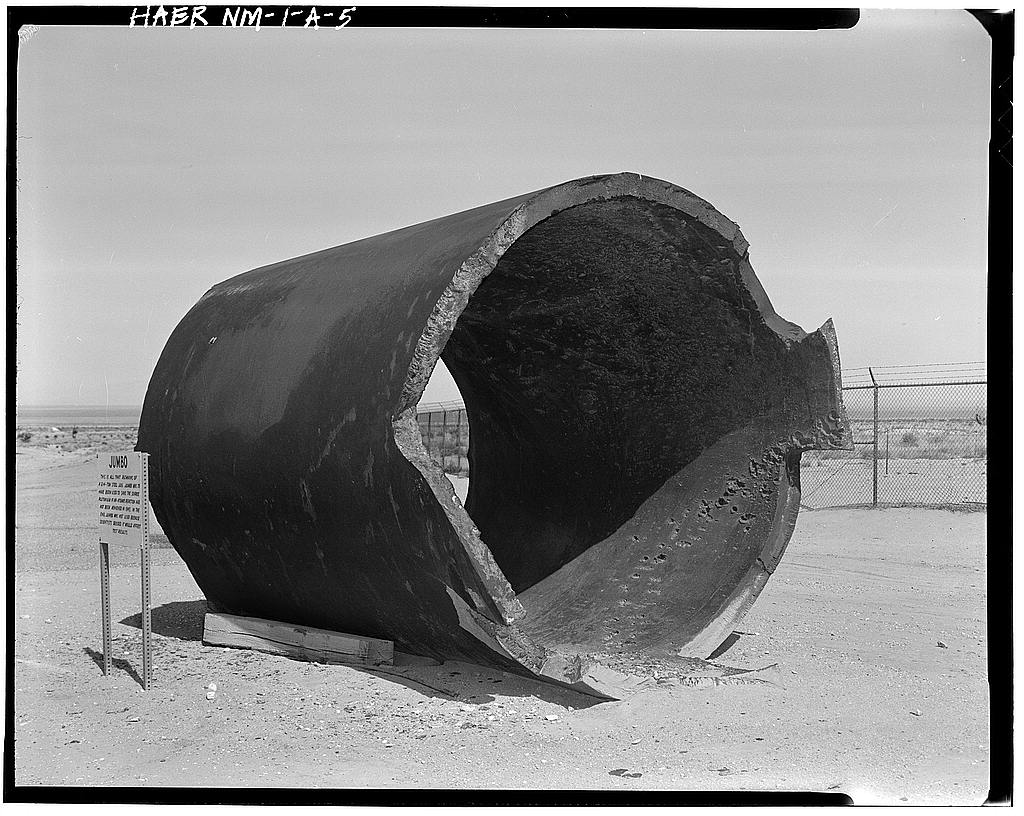'Is there a deep similarity,' wondered cultural geographer John Brinckerhoff Jackson, 'between the way war organizes space and movement and the way the contemporary society organizes them.’ Perhaps, he goes on, ‘the military landscape and military society are […] both in essence intensified versions of the peacetime landscape, intensified and vitalized by one overriding purpose’ (1984: 135). Jackson is writing in the context of a discussion of his experiences as an intelligence officer during World War II, first at a training camp in Maryland and then in North Africa and Sicily as part of the 9th Infantry Division. What he learns in the army is to ‘think of the environment as a kind of setting or empty stage upon which certain alarming and unpredictable decisions and actions took place’ (132). While he is charged with gathering information on all aspects of the spatial organization of the areas through which the division will pass, this wealth of intelligence is, in the end, rarely used since any advance is preceded by saturation bombing that obliterates any roads, bridges, forests, fields or buildings before they arrive. Jackson’s point in this discussion is that despite the indifference of his superiors to his information gathering, he came to understand the value of intensive scrutiny of all aspects of a place and that through the result of asking ‘innumerable tactical questions’ a landscape can be understood as ‘part of a whole way of life’ where ‘an overall design was manifest in every detail’ (135).
What is most curious about Jackson’s argument is that he does not dwell on the military’s oblivious disregard for the particularities of environment but instead celebrates the discovery that close reading reveals that any landscape ‘has a style of its own’ that ‘can give an almost esthetic satisfaction’ (136). Almost inadvertently, though, Jackson does reveal the real extent to which the military organization of space, as an intensification of the ‘peacetime landscape,’ operates with no concern for what is on the ground unless it is of strategic benefit. What is also of no little significance here is how Jackson’s training in military geography produces knowledge in excess of strategic demands; inside military methods lies a possible means of dismantling the narrow instrumentalism that willfully ignores the results of its research.
Jackson, John Brinckerhoff (1984).
Discovering the Vernacular Landscape. New Haven: Yale University Press.



